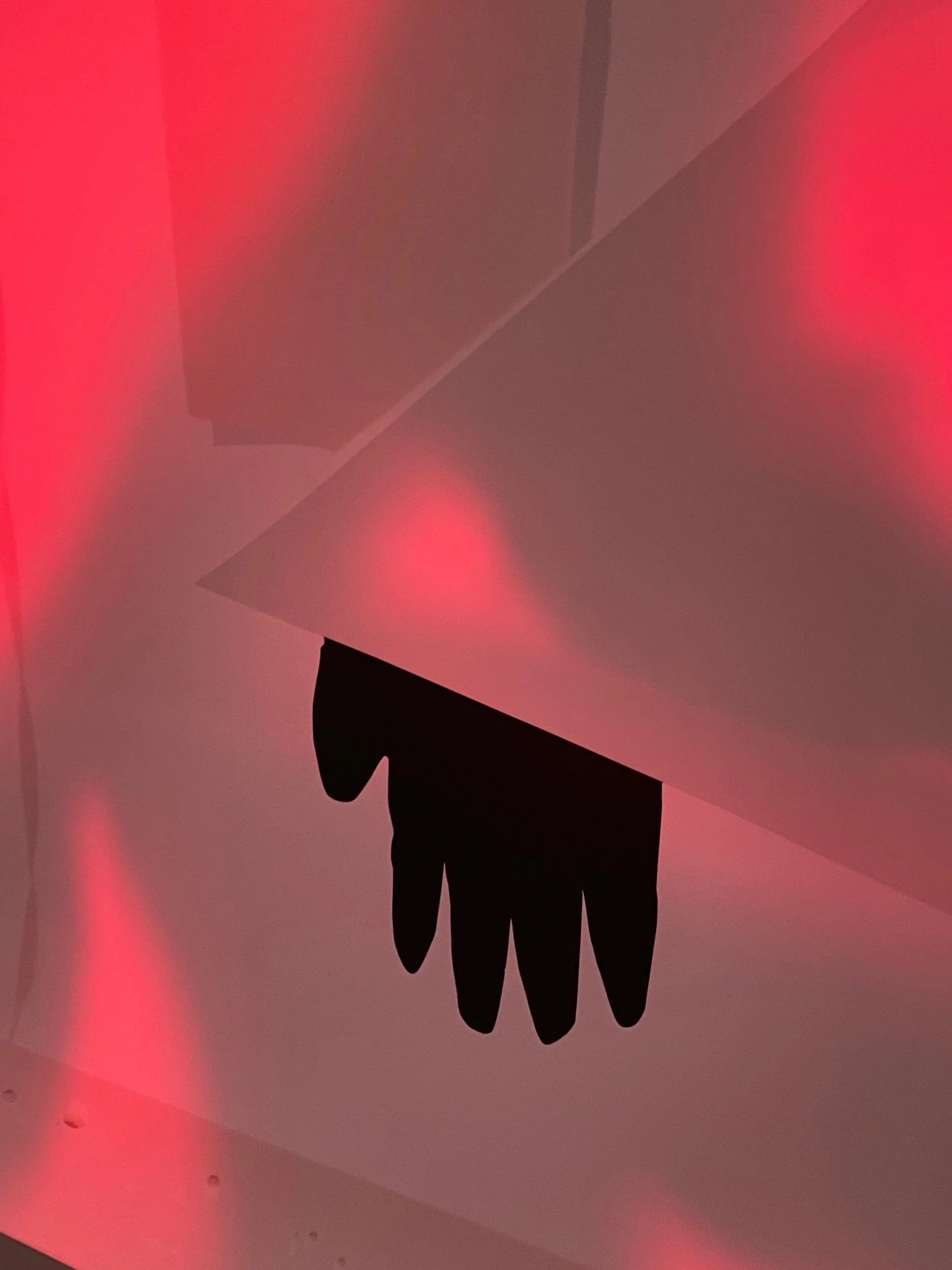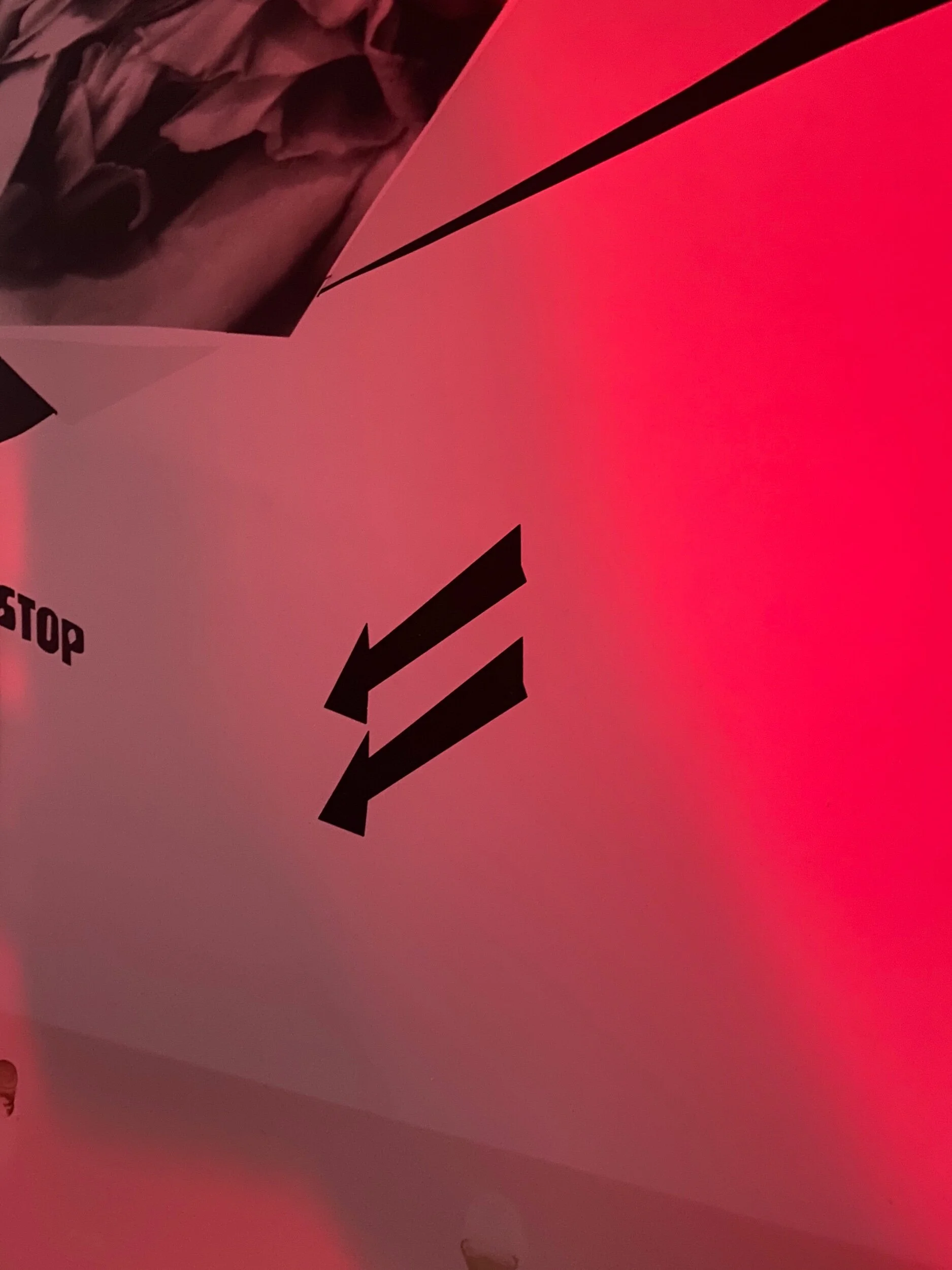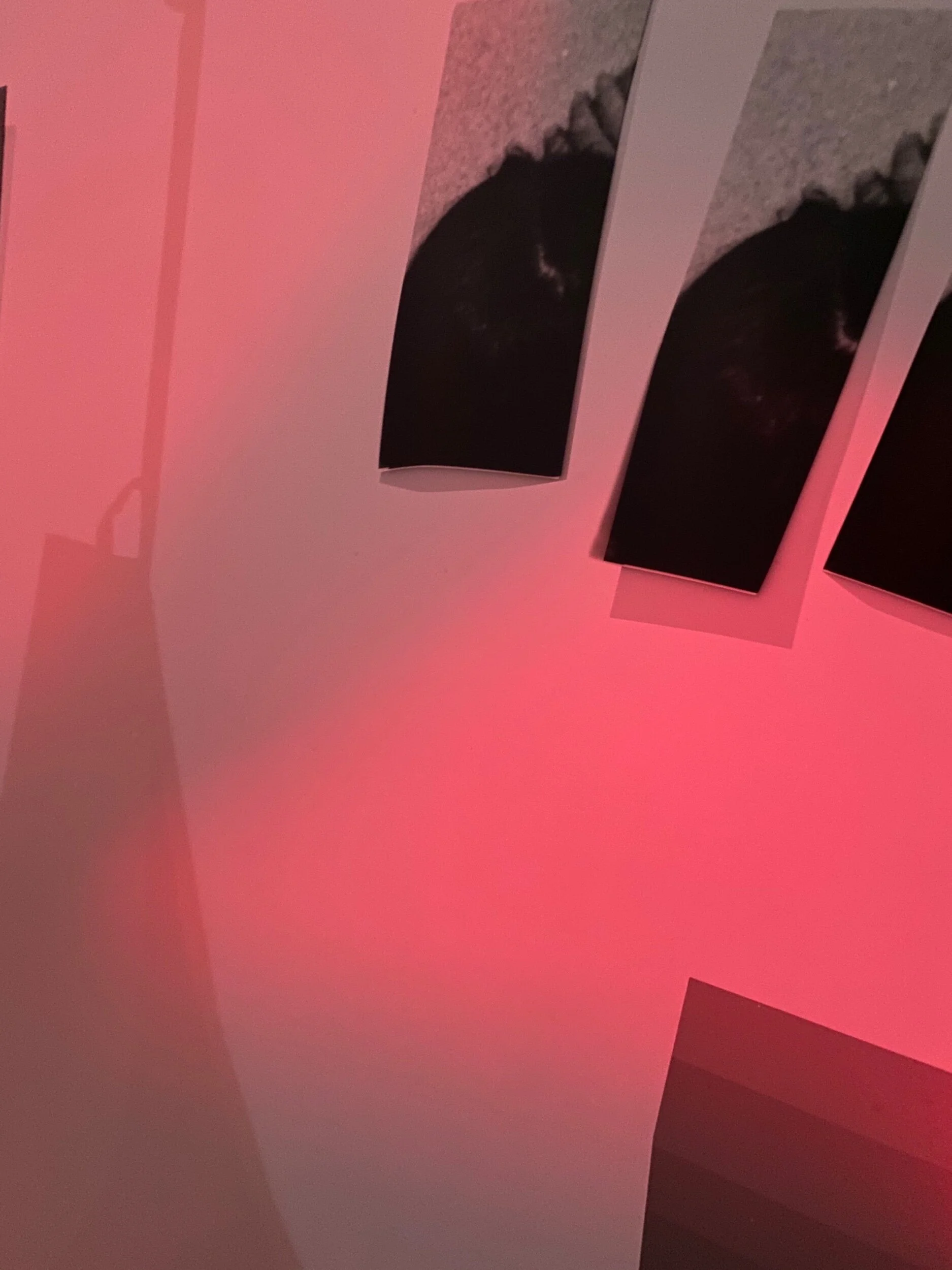ANTHEA BEHM
I started making photographs when I was in high school through an after school darkroom class. It was a volatile time in my life, and the darkroom provided a space of refuge.
My high school darkroom, like many community darkrooms, had a series of enlargers in a row that were separated by dividers. Working in the dark at one of these stations gave me much needed space where I could pause and take cover. As in many such darkrooms, the trays of chemicals where you process your prints were shared. When it was time to put my paper through the chemistry, I moved from a singular, solitary position into a communal one. This was a space of gathering, and also of care: when moving your prints through the trays, you needed to be aware of affecting other prints that were also mid-process.
This separation of space was not absolute. Even when you’re alone at your enlarging station, you must be mindful of your community. For example, you must ensure that you don’t turn on your enlarger with the negative carrier open, which could mistakenly expose your neighbor’s paper to light. And even though—like much human activity—analogue photography can be destructive to the environment, the rules of the darkroom help minimize harm; for example, never pouring fixer down the sink.
Today, I am processing prints in my studio darkroom in Gainesville, Florida, where I am also sheltering in place. I work alone, but within this distancing there is also connection and care. Our experiences and our relationships—to ourselves, each other, and the world—are not fixed in a final photograph. They are the entire process.


